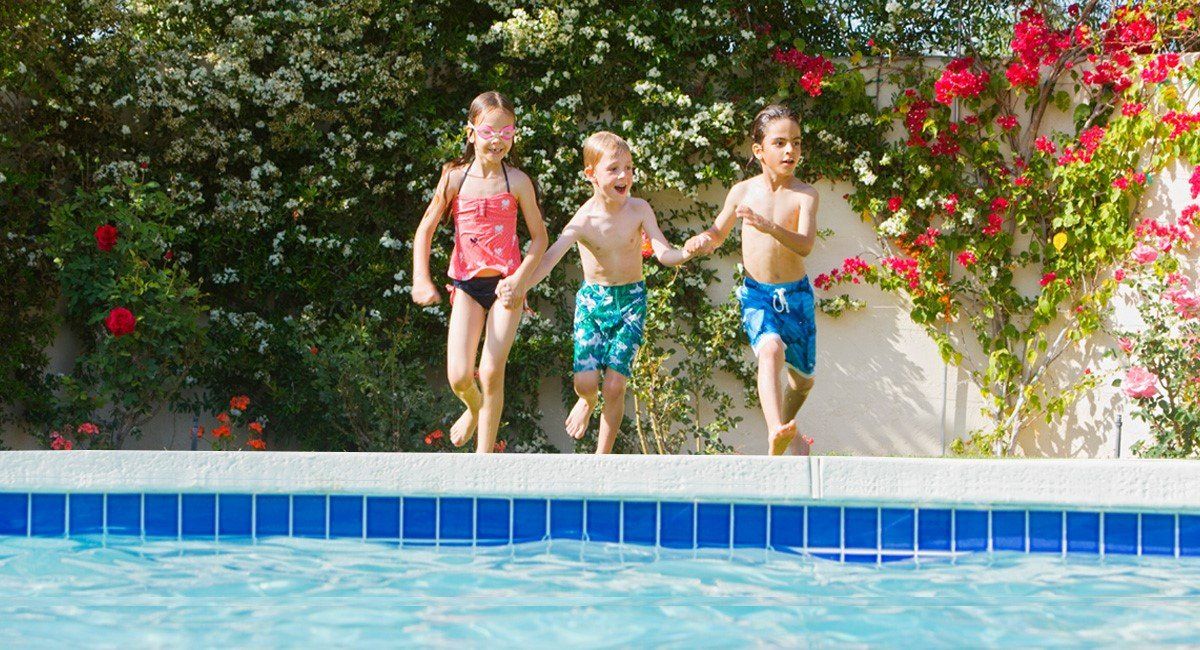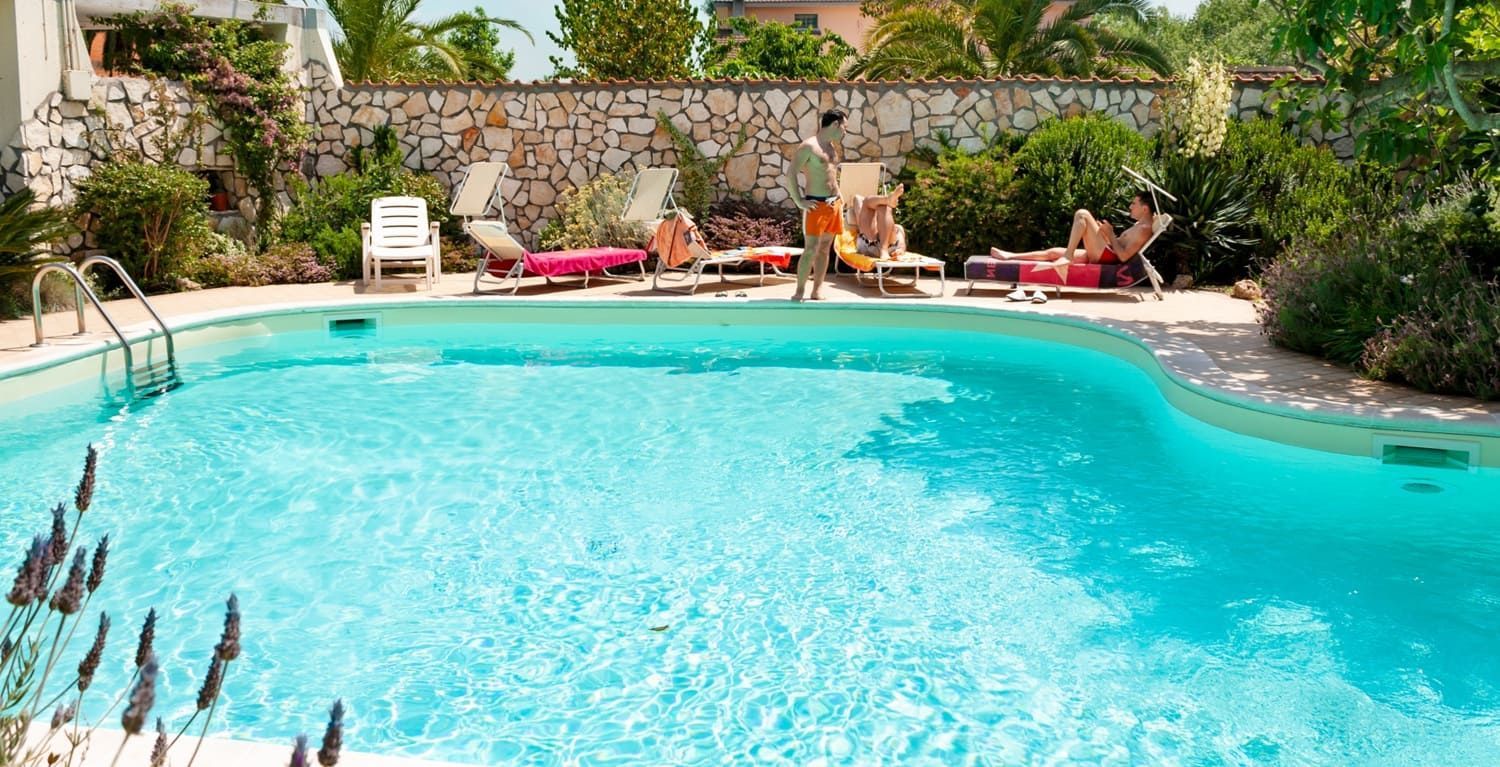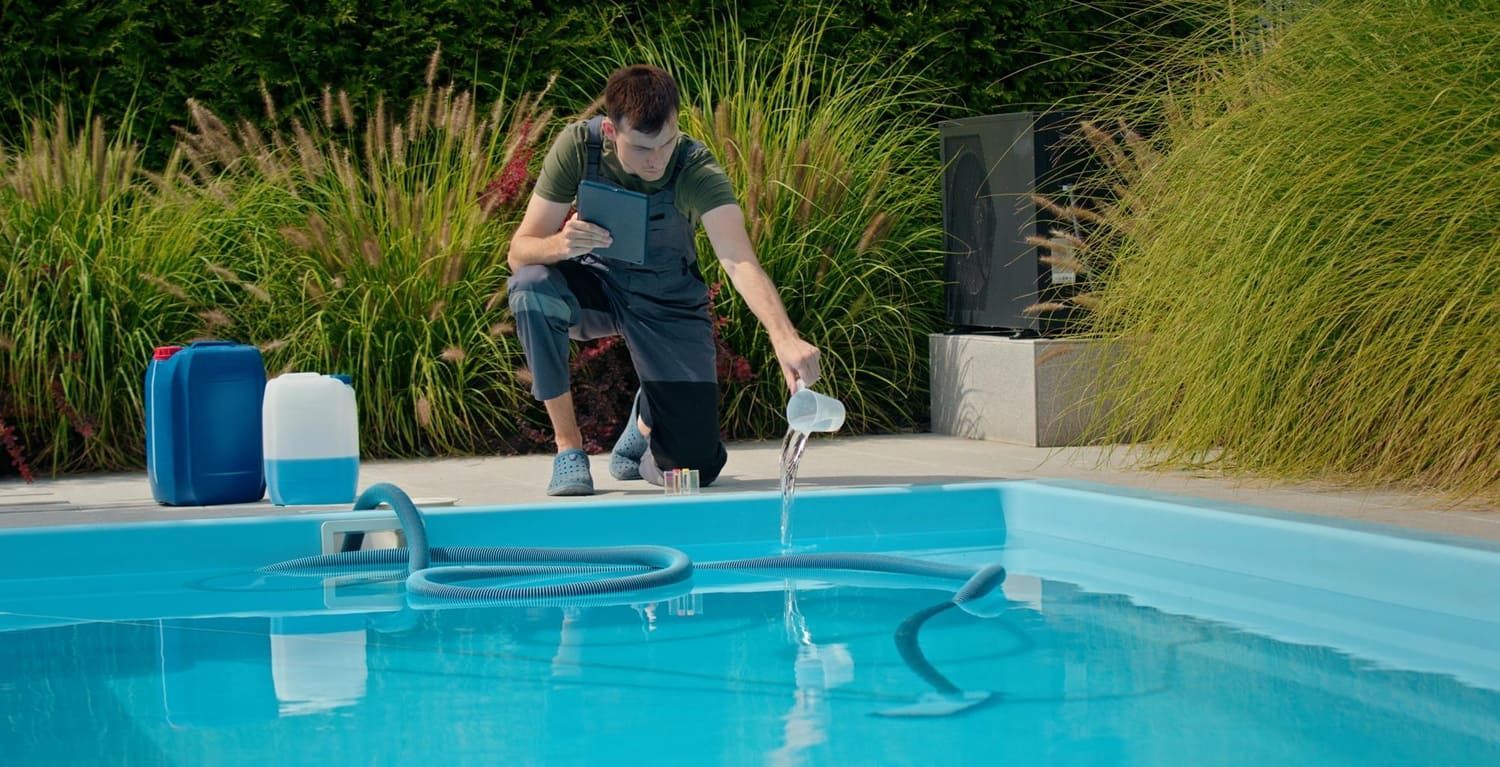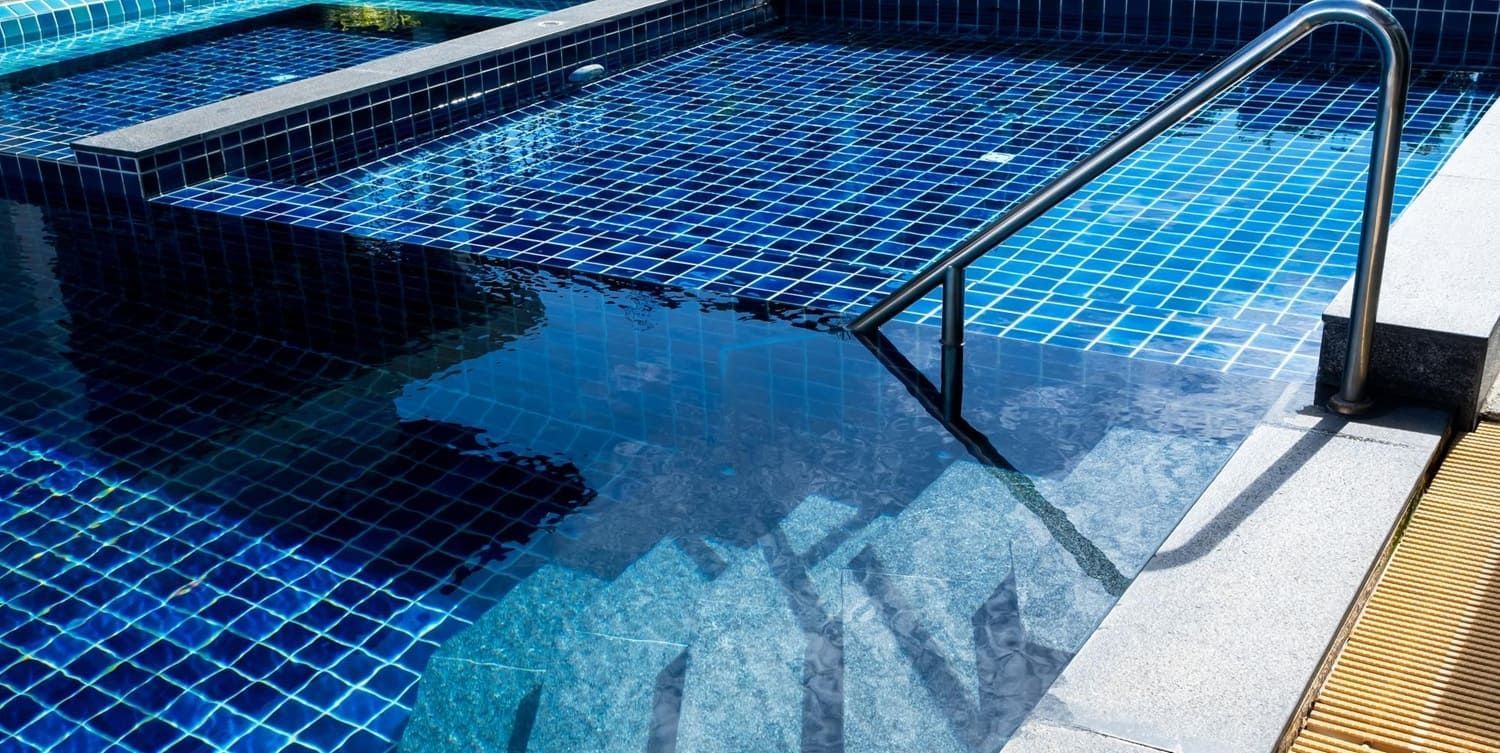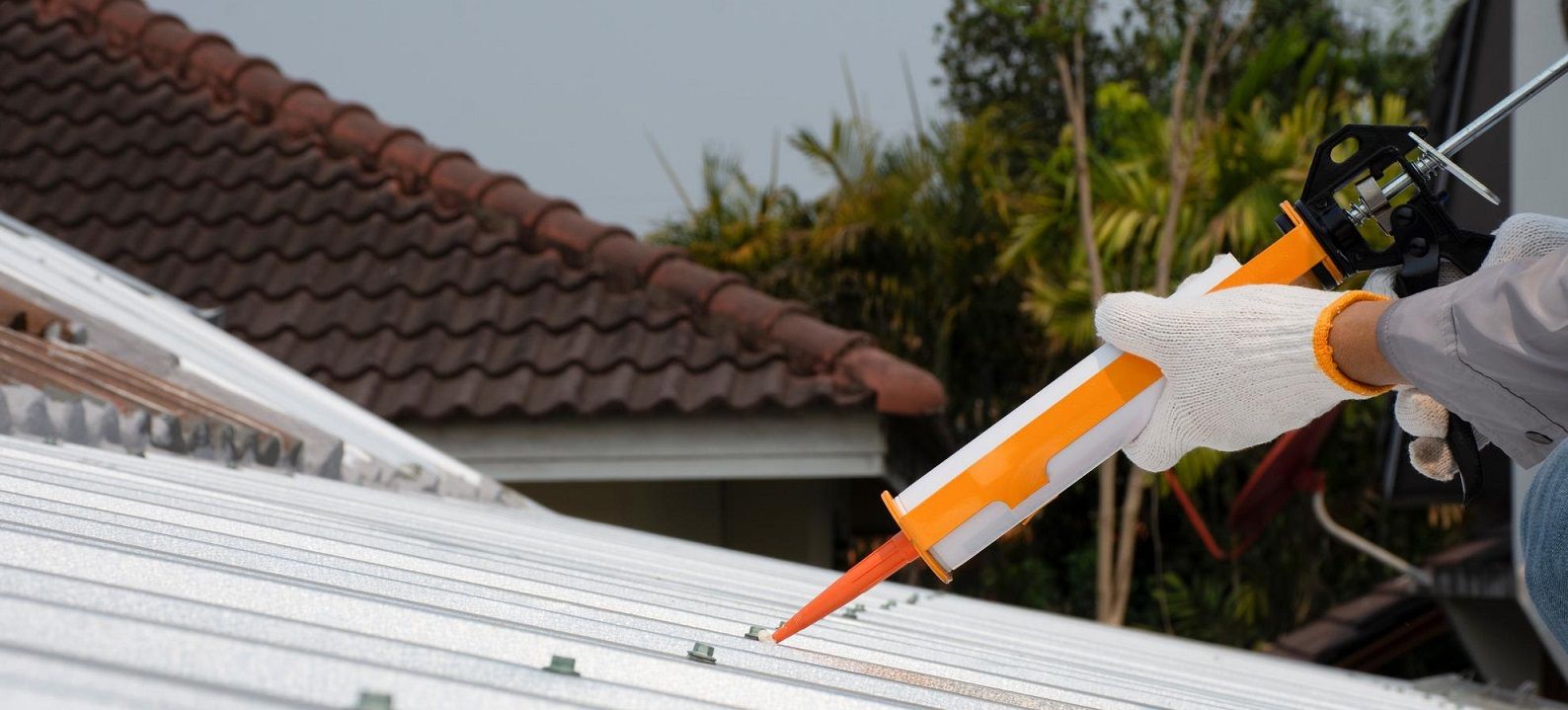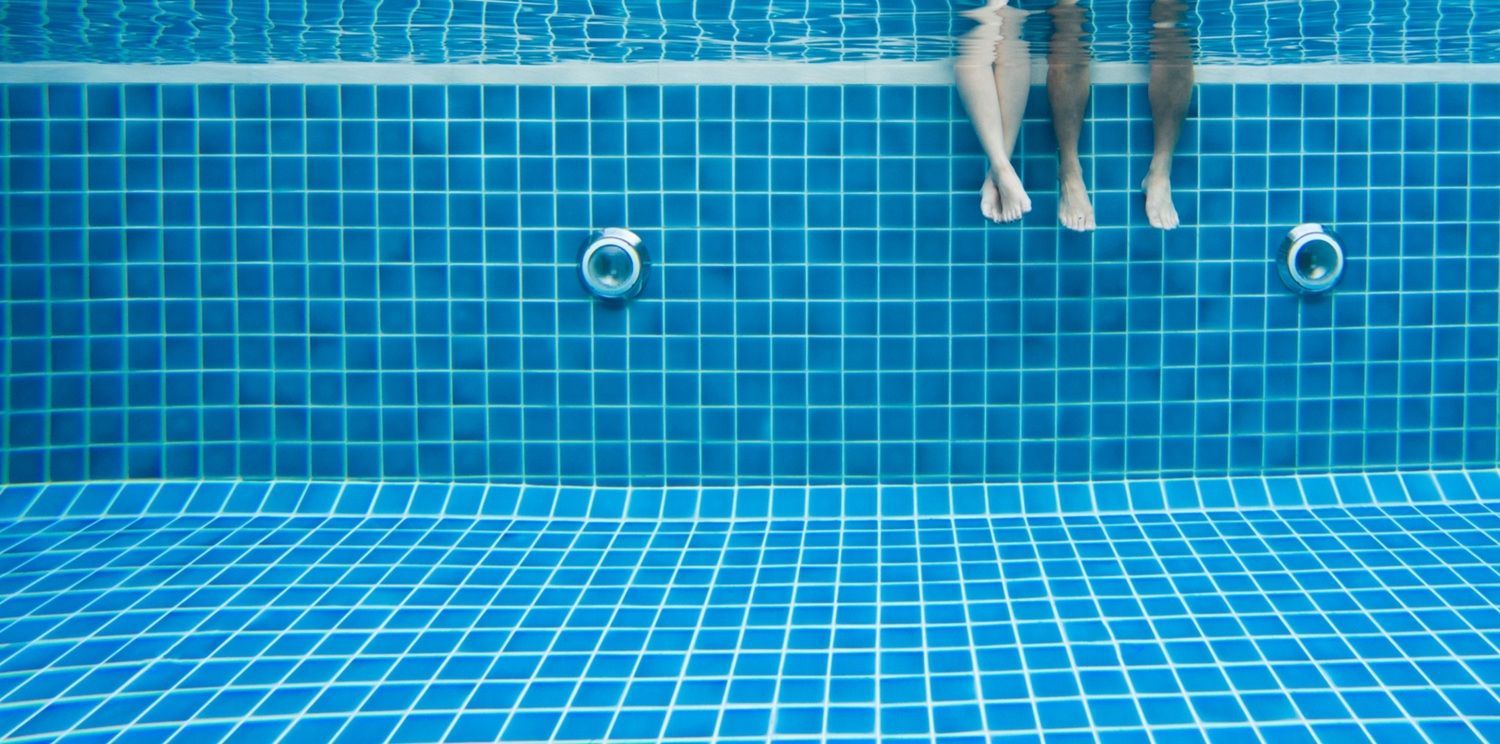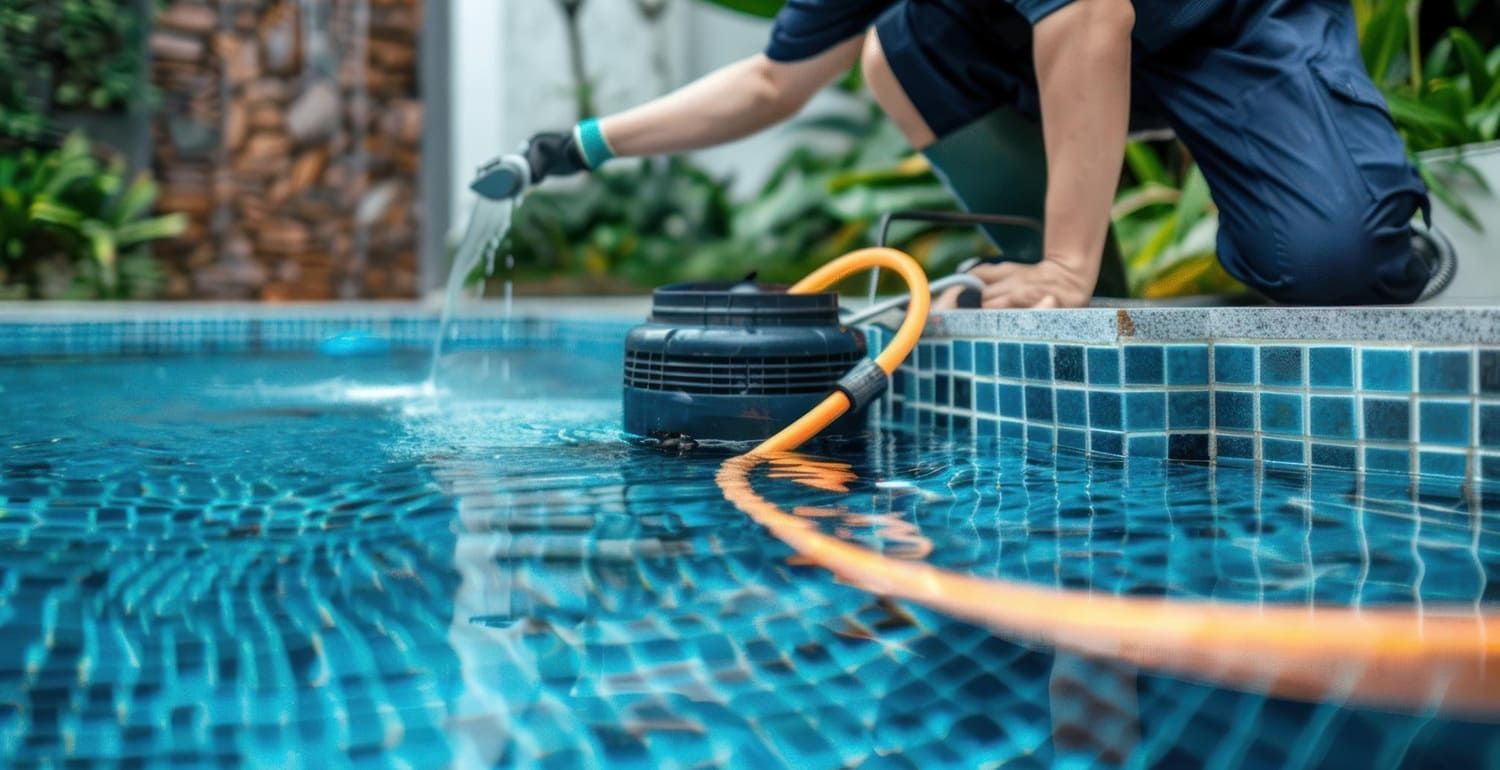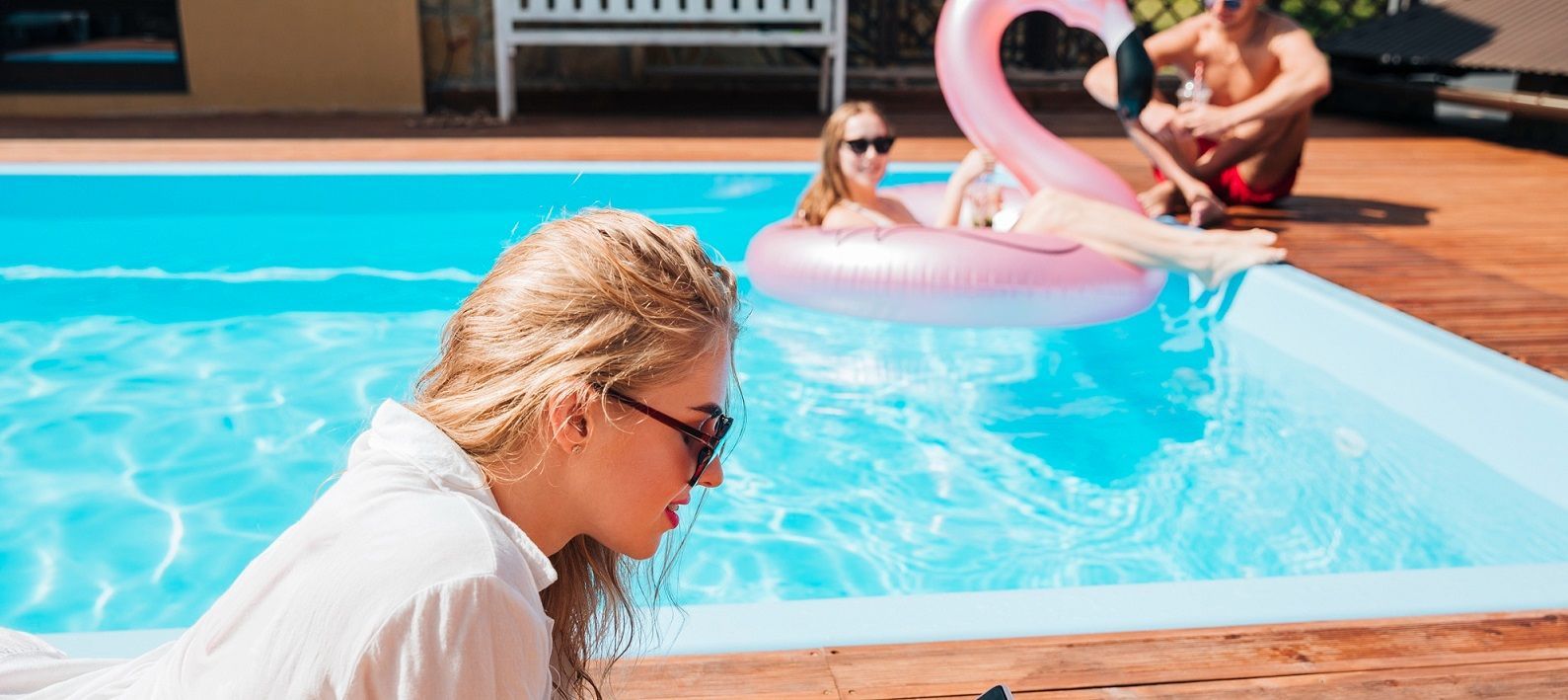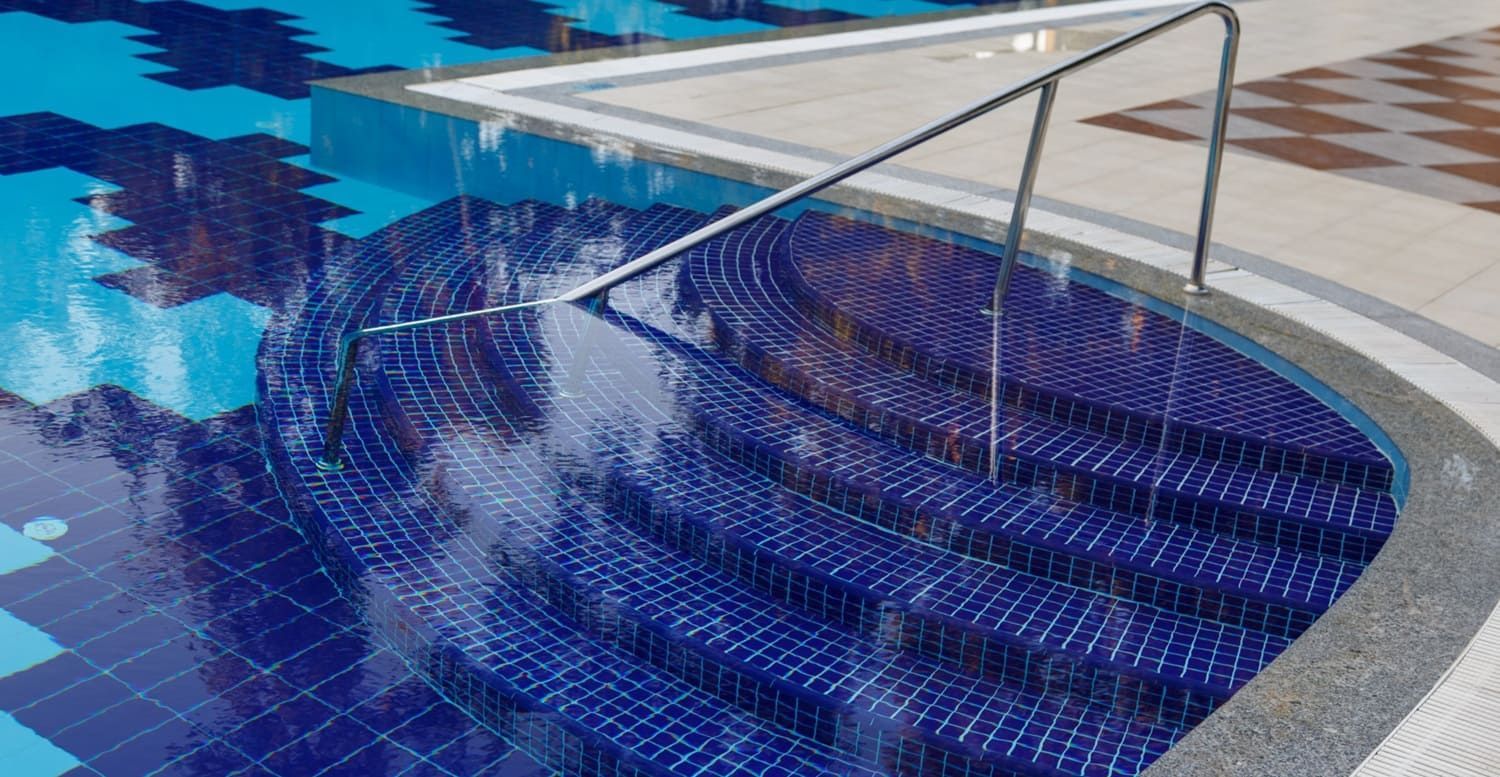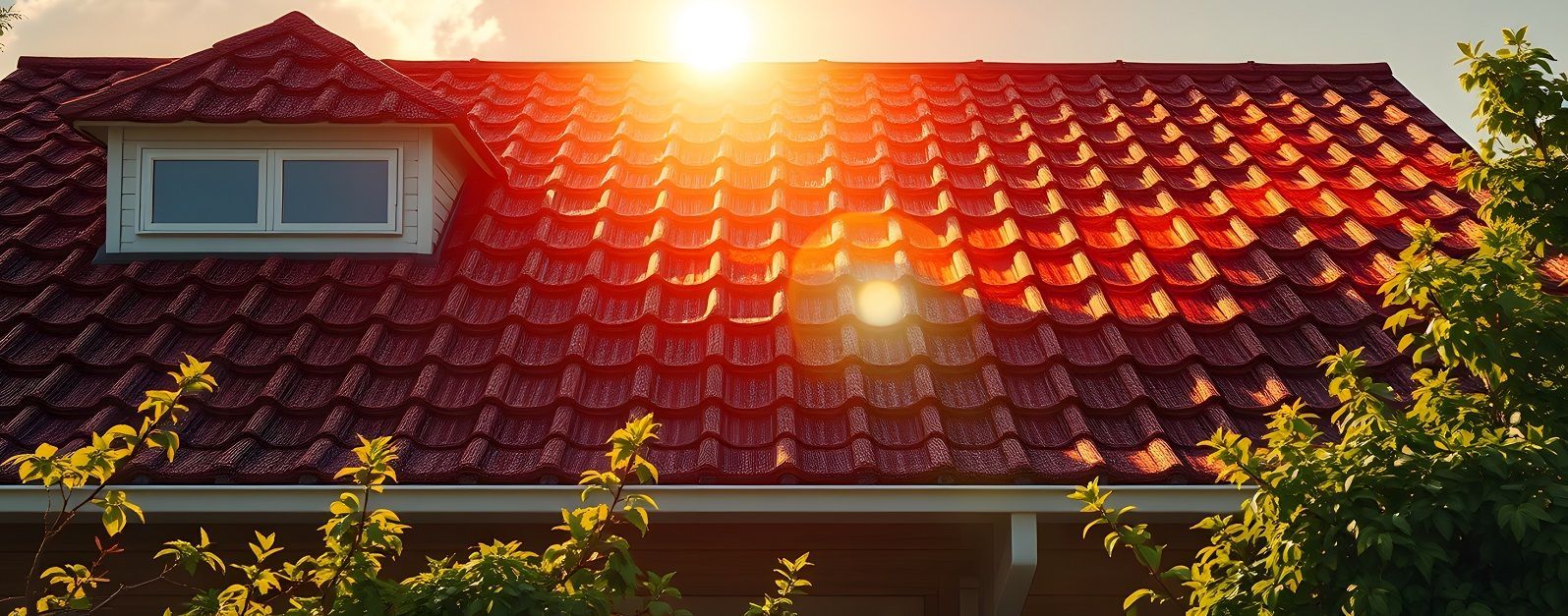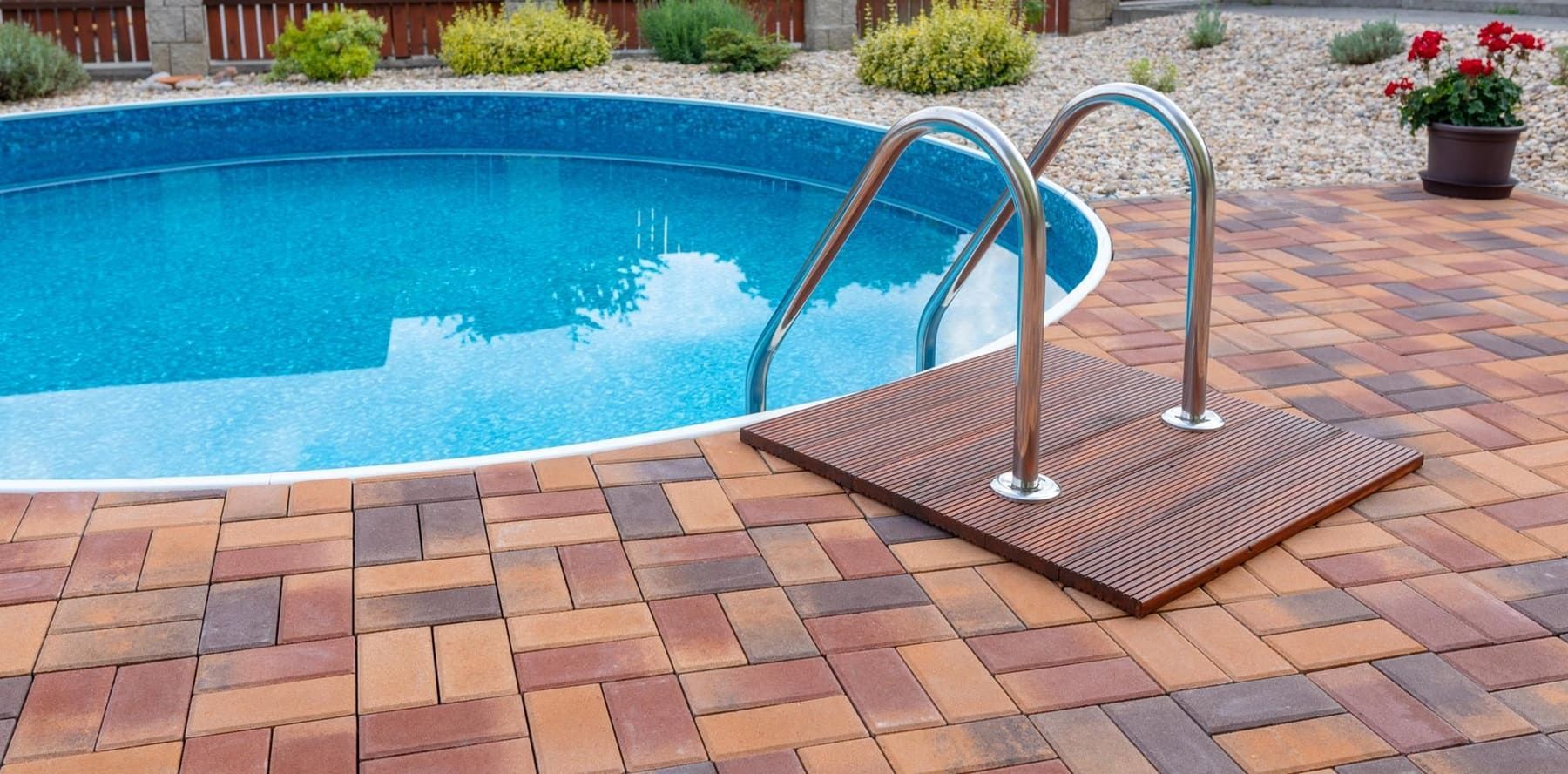How to Make Swimming Pool Decks Less Slippery When Wet
You're probably familiar with the fear you get from watching kids run around on swimming pool decks. We'll show you how to make them less slippery here.
Having a swimming pool at your house is every kid's (and, let's face it, most adults') dream. But pools come with a lot of responsibility: cleaning, maintenance, and safety.
Safety is obviously most important, especially considering thousands of people are injured at pools each year. An Average of 10 peopledying every day because of accidentally drownings.
Keeping swimming pool decks safe and dry is a key part of maintaining pool safety. This will prevent dangerous falls that could lead to serious injury, drowning, and even death. Continue reading to learn tips on how to keep your pool deck dry and safe.
Wear Shoes
This tip might not get you or your kids many "cool" points, but it will make it a lot safer when walking around your pool deck. This tip might not make the pool deck less slippery, but it will protect you if you're walking or running around an already slippery deck.
Shoes have textured bottoms that increase the amount of tractionand friction you have on the ground beneath your feet vs. going barefoot. This will make it harder to slip, even if the ground is slippery and wet.
You can even buy specific "water shoes" that you can wear in the water so you don't have to take your shoes on and off constantly.
Change the Deck Material
Certain types of pool deck materials will get slippery more easily. Some of the more slippery deck materials include:
- Smooth concrete
- Marble or Granite
- Tiles
- Some synthetic materials
Textured Concrete
We mentioned that smooth concrete can get quite slippery. But concrete is a very common choice for swimming pool decks because it's affordable and can match many different aesthetics.
There is a way to make concrete less slippery: add texture. How do you do this? You add aggregates. Aggregate is a fancy way of saying small stones, pebbles, and rocks.
These aggregate materials will give the concrete more texture, which will give the surface of the concrete more slip-resistance compared to simple smooth concrete.
Brick
Brick might seem like an odd choice for a pool deck, but it works well for pools that are well integrated into yards and gardens. Brick is durable and low-maintenance. It also adds a key traction to a pool deck that minimizes slipperiness, even when wet.
It also is available in many styles and colors, so you won't have to sacrifice look for safety.
Pavers
Pavers themselves are technically not a material. They refer to paving stones: brick-like style stones that are patterned and interlocked to create flooring, decks, and more.
There are three main kinds of pavers. You can have concrete pavers, brick pavers, and natural pavers. Because pavers come in such large varieties, you can definitely find ones that will be textured to help prevent slips.
Stone
Like pavers, "stone" is a general term for a pool deck material. You can get natural stone slabs, stone pavers, and more.
One of the best, but more expensive, options to keep your pool deck less slippery is to get what's called "flagstone." Flagstone can be made of many different types of stone, but they all provide good texture that will help to prevent a slippery surface from forming.
Add Texture
Not everyone can afford, or even wants to, switch the material of their deck. The good news is there are other ways to add texture to a pool deck.
One option is to add engravings or stampings to the deck. Add a new layer of concrete and have a design engraved or pushed into the new layer. This will add texture and make it easier to get traction on the surface even when it's wet.
Non-Slip Coatings
No matter what material you use for your pool deck, it's helpful to have it coated with a non-slip material or product. The LayorCare Non-Slip Treatmentmaterial increases the coefficient of friction when applied to surfaces that are often wet.
What does this scientific jargon mean? Essentially, a non-slip treatment will change the chemical nature of the surface, making it less slippery even when the surface is wet or damp.
This is perfect for pool decks, especially if you have a deck made of a slippery material like tile or smooth concrete.
Pool Mats
Pool mats get made of a mesh-like material. This material has holes like mesh that allows water to flow easily through it. They won't soak up water or get moldy.
The material adds texture to the surface around the pool that will increase the friction and traction you get on the surface. This is a great option for people who don't want to or can't afford to renovate their already existing pool deck.
Simply throw these on top of what you have, and you're good to go. The only downside to these is they aren't aesthetically pleasing.
Making Swimming Pool Decks Safe: Bottom Line
The last thing you want is to watch your child, your elderly loved one, or any of your friends who could injure themselves at your pool. Slipping and falling on a pool deck is a serious safety issue that you, as a pool owner, are responsible for doing your best to prevent.
Swimming pool decks are going to get wet; that much is certain. But you can make sure that the slick surface won't be too slippery or lead to injuries. Following some (or all!) of the tips we've outlined here will significantly reduce the risk of a falling injury.
Have more questions about your pool deck or pool maintenance? Don't hesitate to contact us.







